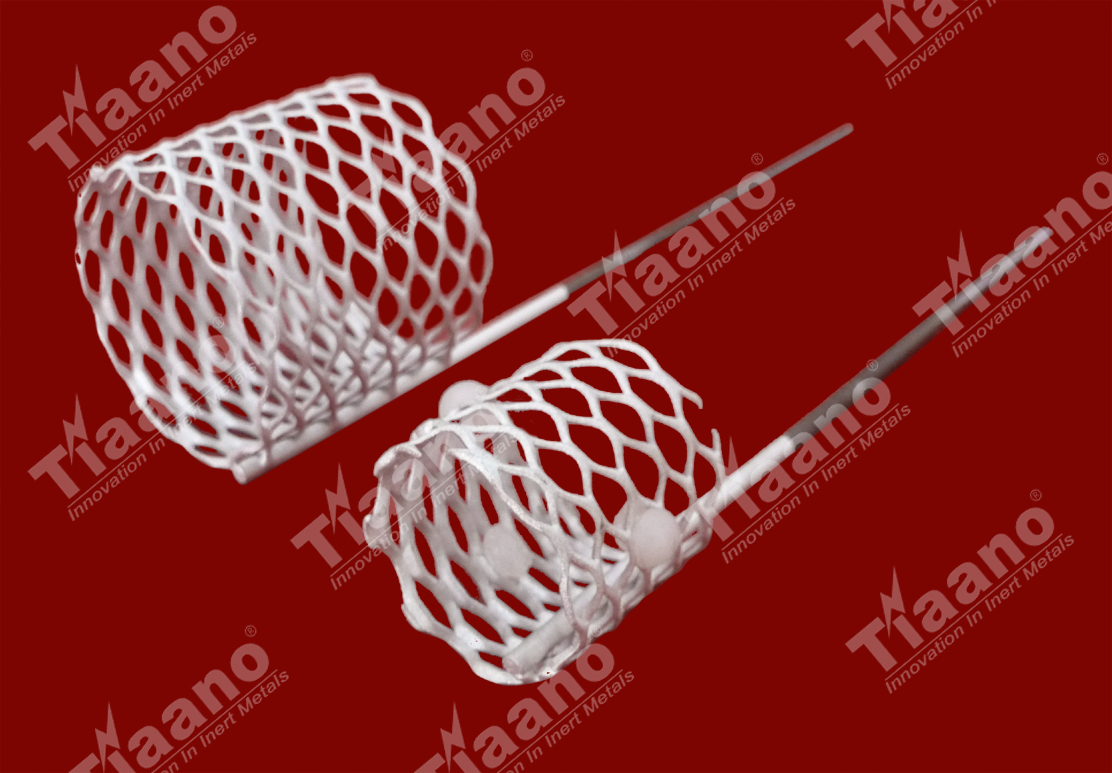Platinised Titanium and Niobium Anodes for Chrome Plating Baths / Printing Rollers for hard chromium plating of rotogravure cylinders or piston rings - our semicircular, anodes are very well adapt to the cylinder shape cathodes. In principle, there are different types of anodes are used with one or two bows and baths.
Why platinum Anodes in Electro Plating process: Increase anode lifetime without sacrificing quality, Maintain predictable and stable electrode position rates, A low consumption rate that conserves precious platinum, Favorable dimensional stability, Corrosion resistance ensures durability with easy maintainability, Light weight, as well as favorable current distribution in electroplating.
Dense crystalline layer structure and thereby good mechanical properties; Even metal distribution of the platinum layer and optimal adhesion of the titanium mesh; Long lasting (approx. 8 g platinum per 1 million Ah are removed per bath) and dimensionally stable; the base material or substrate is reusable after re-plating. No maintenance of anodes necessary; Constant conductivity of the anodes; Very short distance from the electrode to the articles (cylinder - 4-6 cm.). Chrome plating is essentially faster and a chrome layer is very even (cause an even current distribution and enable the use of a higher current density), due to the constant electrolyte flow through anode mesh.
What is Electroplating?
Electroplating involves passing an electric current through a solution called an electrolyte. This is done by dipping two terminals called electrodes into the electrolyte and connecting them into a circuit with a battery or other power supply. The electrodes and electrolyte are made from carefully chosen elements or compounds. When the electricity flows through the circuit they make, the electrolyte splits up and some of the metal atoms it contains are deposited in a thin layer on top of one of the electrodes—it becomes electroplated. All kinds of metals can be plated in this way, including gold, silver, tin, zinc, copper, cadmium, chromium, nickel, platinum, and lead.
Electroplating is very similar to electrolysis (using electricity to split up a chemical solution), which is the reverse of the process by which batteries produce electric currents. All these things are examples of electrochemistry: chemical reactions caused by or producing electricity that give scientifically or industrially useful end-products.
